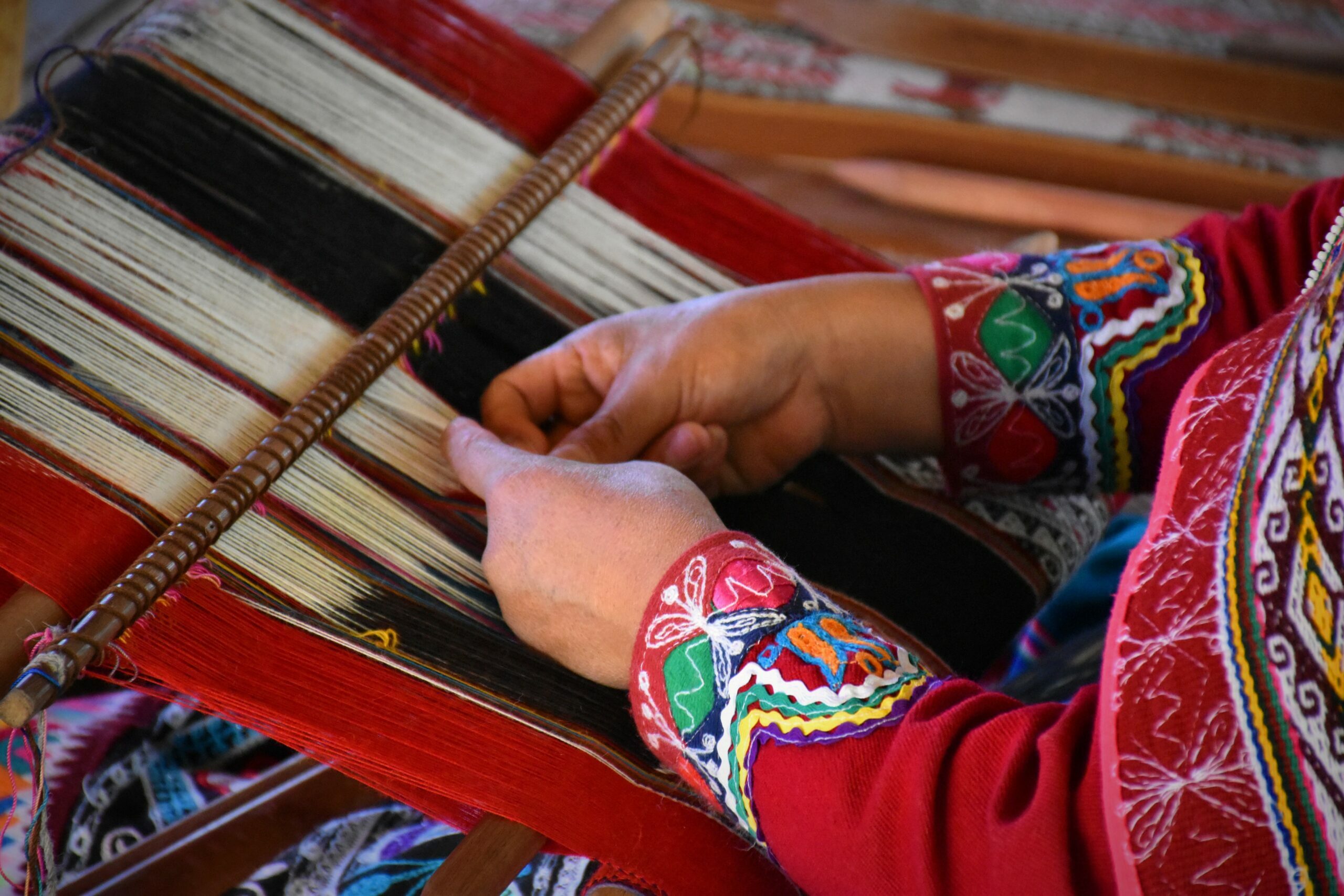Culturally speaking, the world is more homogenized than it has ever been before. While most regions worldwide have their own idiosyncrasies related to tradition and language, pop culture now spans the globe and gives even the most distant groups a chance to connect on common ground.
But when it comes to some hobbies, it seems a whole continent will get onboard. For certain places, like North America and Asia, this comes down to (ancient) history. For others, like Europe and Africa, it’s all about local specialties. Let’s take a closer look at the world’s oddest hobbies, broken down by region.
A Global Favorite: Gaming
Along with sports, one of the most popular (and oldest) international hobbies is casino gaming. In fact, one of the oldest pieces of evidence of gaming stretches back millennia to Ancient Mesopotamia. At the time, dice were used for various games.
Today, gamers look for online casino sites that offer a variety of games, from slots and jackpots to blackjack and roulette. Some even offer exclusive games on their website, which means their titles won’t be found on any other casino platforms. While the virtual setup is new, the emphasis on skill and excitement is almost as old as humankind.
Asia: Calligraphy
For centuries, cultures across Asia have emphasized the written word. Historically, calligraphy was an important practice in China, Japan, and South Korea. However, the practice has spread throughout the continent. India has its own unique (and ancient) Gilgit scripts that eventually made their way to Southeast Asia. But the practice hasn’t died; in Taiwan, vehicle tattooing has modernized the tradition, while Thailand’s sak yant tattooing also emphasizes penmanship and design.
North America: Weaving
Prior to colonization, weaving was an important practice for Native American tribes spanning the continent. As far south as Oaxaca, Zapotec people wove rugs that told stories—and still do today. As far north as British Columbia, Métis finger weaving is still commonplace and is even taught in schools. Meanwhile, the US’s Southwest region is known for its traditional throw blankets that include Diné designs.
Europe: Yodeling
The art of yodeling is practiced in Switzerland, which makes it only one of many specialized folk music traditions (such as Sweden’s kulning). Yodeling is a way of repeating high and low notes in a booming voice. It’s an ongoing art form, just like painting or sculpting, in Switzerland but is also popular in Germany and the US.

South America: Dancing
People around the world love to dance—but no place has as many regional specialties as South America. The tango comes from Argentina, while samba has roots in Brazil. Meanwhile, Chile has cueca, Colombia and Cuba have salsa, Ecuador has pasillo… and, well, the list goes on. It’s also interesting to note that many South American dances have declined over time, such as Cuba’s danzón, highlighting just how ubiquitous dance is across the continent.
Africa: Oware
While gaming often involves an element of chance, the type of games favored in Africa involves strategy and skill. For example, Ghanaians often play oware, a pit-and-pebble-style game. Oware is just one variation of mancala games, which are played across the continent. In Zambia, the game is called cilolo; in Nigeria as ayoo; and in Ethiopia as ghebeta. The game is also played throughout the Caribbean, where it has an even longer list of names based on local dialects.
Australia & Oceania: Athletics
Sports, and sports betting, are hugely popular in Australia, New Zealand, and oceanic countries such as Fiji. Unsurprisingly, the region is also known for being home to some of the world’s greatest physical competitors. The sports of rugby, football, and cricket are very popular. For some regions, this emphasis on physicality stretches back centuries.
For example, the Māori people of New Zealand favored games like rugby because they resembled previous games. Today, all players on the country’s national rugby team must prove their Māori heritage.
Related Posts




